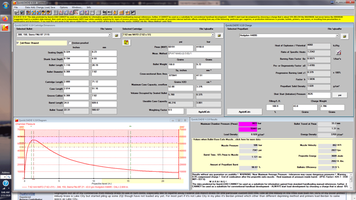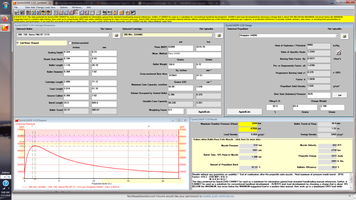peterk123
NES Member
Time to move on to loading up some 308s. This is another new cartridge for me. I have loaded up approximately 50 rounds or so of various grains using 4895. I started at 42 and have gone as high as 44.5. Starting loads according to Hodgdon is 42.7. Have you guys tried loading below that, say 40 or 41 grains?
The loads I have shot so far have all been fairly accurate at 100 yards. Not sure if 100 yards is a good litmus test, but its all I got. Other than grouping should I be striving for certain velocities when working up rifle loads, or pistol for that matter?
Thanks
Pete
The loads I have shot so far have all been fairly accurate at 100 yards. Not sure if 100 yards is a good litmus test, but its all I got. Other than grouping should I be striving for certain velocities when working up rifle loads, or pistol for that matter?
Thanks
Pete


